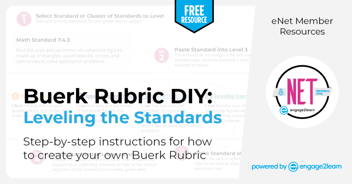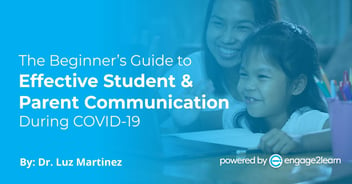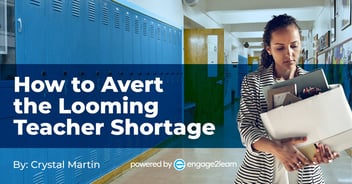What is Your Environment Saying? | engage2learn
Whether at school, work, or play, the environment has a huge impact on your experiences! Think about the last place you were when you had the “time of your life”! What made that experience so memorable? The people? The activities? The location? It can be said that it was not one thing, but a combination of elements. All of these factors came together to create the environment in which that experience took place.
Let’s take a closer look at the learning environment in school. Students have spent over 15,000 hours at school by the time they graduate. It is prudent to create environments which enhance ALL learners’ experiences so they will get the most out of them.
Environment creates the platform for students to thrive!
Where Do You Begin?
When someone says “learning environment,” most people think about physical space. While physical space is key, it is only part of the learning environment.The physical environment includes some of the easiest and quickest changes that can be made to promote student success. So let’s start there!
When someone says “learning environment,” most people think about physical space. While physical space is key, it is only part of the learning environment. Click To Tweet
Environment-Physical Design
- Create a plan. Provide opportunities for students to be a part of the process. Consider all aspects of the physical environment. Think about room arrangement, furniture, aesthetics, use of spaces, accessibility, functionality, safety, and technology.
- Ask yourself the following questions to help create a healthy physical environment:
- Are there spaces for students to work collaboratively as well as autonomously?
- Are resources and technology for all learning levels readily available so students can access them on their own?
- Are areas and pathways organized and free of clutter?
- Are students’ physical needs and learning modalities addressed?
Now What?
The second key component of the learning environment is lesson design. Many schools have some form of lesson planning, but a healthy learning environment incorporates lesson design in the best-laid plans. Design creates a deeper level of understanding, addresses more than just academics, and presents students with authentic learning experiences.
Design creates a deeper level of understanding, addresses more than just academics, and presents students with authentic learning experiences. Click To TweetEnvironment-Lesson Design
- Start with the end in mind. What is it a student needs to know? What does he/she already know? Design learning that is customized and student-centered.
- Ask yourself these questions to help create healthy lesson design:
- Am I designing customized, authentic learning opportunities for ALL students?
- Is my classroom student-centered?
- Are students setting and meeting goals? Academically? Socially?
- Am I growing in my skills as an educator?
Finally, connect the parts by implementing Life Ready Skills (LRS) best practices and track progress. Life Ready Skills are the threads woven throughout a learning environment to promote safety, challenge learners, foster growth, and celebrate success, at school and in LIFE!
Are you ready for students to have “the time of their lives”?



